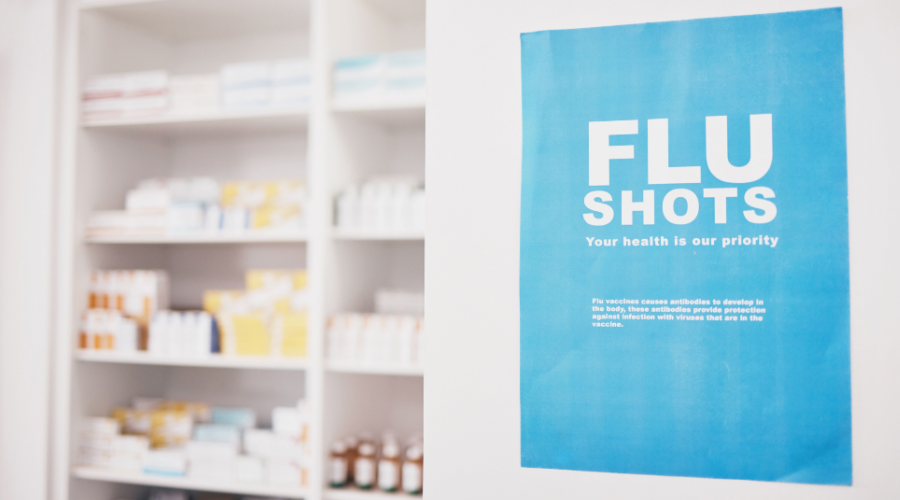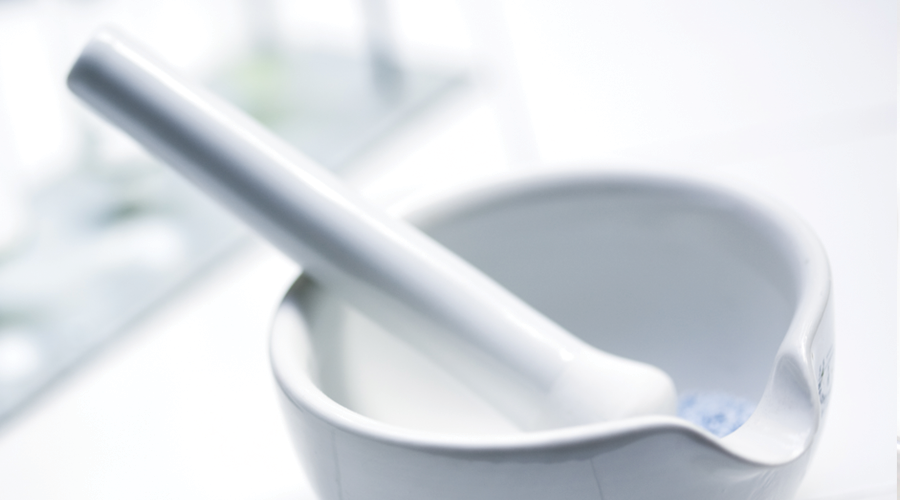Inside: Learn from Uber, Dropbox, and other wildly successful start-ups to keep your pharmacy on the cutting edge.
With the current industry challenges, independent pharmacies have to modernize to stay competitive. That could mean adopting new technology, offering new services, or changing the way you market.
Take inspiration from the Silicon Valley start-up business models that have transformed their fields to give your pharmacy an advantage.
1. Embrace mass customization
Everyone likes to feel special, and bespoke products created with a single person in mind are an excellent way to make customers feel appreciated.
Mass customization is the latest popular business model in health and beauty. Last year the start-up Care/of—which provides personalized vitamin packs based on customers’ age, gender, health goals, and more—raised $156 million from investors including Goldman Sacks. That means they are worth almost as much as long-established competitors like GNC and Vitamin Shoppe.
And Care/of isn’t the only one taking advantage of customers’ desire to feel unique. Prose sells hair products specially formulated for each customer’s hair, while Curology provides custom acne solutions that address individual skin care needs.
If you run a compounding pharmacy, you’re already engaging in mass customization, but regular retail pharmacies can get in on the game, too.
Here are some products and services you can offer to increase customization in your pharmacy:
- Personalized vitamin service, such as RefreshingQ
- Medication flavoring service
- Pharmocogenetic testing
- Local hand-made products
- Lab testing
- Nutrient depletion counseling
2. Be available on-demand
In the past decade, Uber has grown so much that “ubering” has become a verb. Now, consumers have come to expect that a ride will be available to them at any time of the day with the mere click of a button on the app.
But it’s not just ridesharing services. Everything is now available on demand. If you want food from a restaurant, a Postmate will pick it up and bring it to your door without you ever having to talk to anyone. If you need a piece of Ikea furniture assembled, a TaskRabbit can decipher those confusing Swedish instructions for you.
Your pharmacy can imitate the extra-convenient business model of these start-ups in several ways. If you don’t have an app for patients to fill prescriptions without having to be put on hold or wait in line, you need to get one as soon as possible. Pharmacies who have apps might also see improved medication adherence since notification reminders make it easy to remember to refill.
You can also take a cue from DoorDash and begin providing delivery services that are accessible from your app. A delivery service can increase pharmacy revenue by between 6 and 8 percent within the first months of the program, and it helps you gain access to patients with chronic illnesses or those who are homebound.
If you’re not ready to jump feet first into a delivery program, you can still add convenience with a curbside pickup system. This way, patients can get everything they need without getting out of their car.
3. The new razor-and-blade business model
In the olden days (otherwise known as a few years ago), companies like Gillette made their money like this: They’d sell a razor handle for a low price, but when customers needed a blade for that handle, it would come at an exorbitantly high cost.
But that all changed when companies like Dollar Shave Club and Harry’s entered the market. Just like its name says, Dollar Shave Club offers its basic razors for just a dollar, while Harry’s offers four blades for $9.
Because they are offering such an inexpensive product, these companies have to do something else to make a profit. That’s where the subscription model comes in. Every month, customers are charged automatically and new blades arrive at their doors. In the long run, this means they purchase many more blades than they would have without a subscription.
You can apply this business model to your pharmacy by automating refills. Instead of waiting for the customer to remember to call them in, have them ready and send them a reminder to pick them up. This also has the added benefit of improving adherence.
A subscription program can also work for your front end. If patients always buy the same items from your pharmacy—like OTC eye drops, toothpaste, and other sundries—you can put together a package with all their needs so they can pick it up without going through the shelves.
4. Grow with referrals
Practically every start-up builds on their fledgling business with a referral business model. Dropbox offers free space to users when they tell their friends about the service, which resulted in the company growing by 3900 percent in 15 months. Yes, you read that right. The referral program resulted in Dropbox doubling its user base every three months between 2008 and 2010.
A referral program works because your customers are doing marketing for you. Encouraging this kind of sharing also helps you build a reputation within your community — people can’t stop talking about your pharmacy, so it must be a reliable and pleasant place to get prescriptions filled!
Fold a referral system into your current rewards program so that current customers have a reason to share your business with their friends and family—and keep coming back to the pharmacy to use the rewards they’ve earned.
A Member-Owned Company Serving Independent Pharmacies












